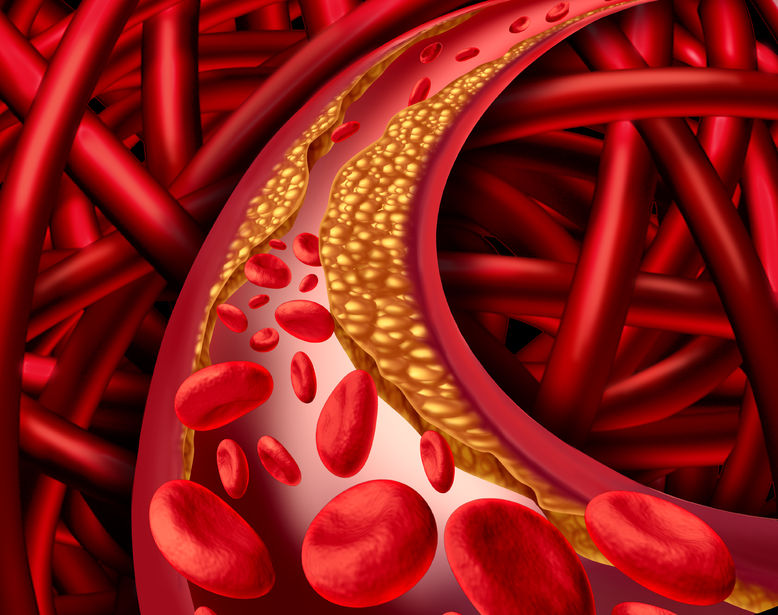Note that your final mark will not be saved in the system.
A1 Positive Lifestyle Factors GapFill
You must fill all the gaps before clicking ‘Check Answers!’

Physical activity is a positive lifestyle choice that has a major bearing on health and well-being. Health can be defined as a state of physical, psychological, social and economic well-being, not merely the absence of or infirmity. Therefore, physical activity, especially in its structured form of exercise, can have benefits that are dependent on a number of factors.
factors are associated with the anatomy and physiology of the human body. One benefit to the body as a result of exercise is the strengthening of our bones. Exercise promotes the absorption of , which increases bone mineral density and helps protect against fractures. Another benefit is concerned with our improved , as exercise helps strengthen muscles and reduce lethargy, resulting in the adoption of a more upright stance when walking, less bending of the knees and reduced hunch of the shoulders.
Exercise is also valuable in improving body shape, as we lose body fat and gain lean muscle. Exercise is also known to reduce the risk of chronic diseases, such as:
- Coronary heart disease (CHD) – The term used to describe the interruption of blood flow to the heart, due to the build-up of fatty deposits (atherosclerotic plaques) in the walls of coronary arteries. This can starve key organs and tissues of , increasing the risk of heart attack. Exercise helps flush the coronary arteries of fatty deposits, reducing the risk of blockage.
- Cancer – Caused by a group of cells that can experience uncontrollable growth, forming a tumour. This can grow on many important tissues and organs, impairing their normal functioning. Although its risk can be increased by genetics, physical activity is identified as lifestyle factor that reduces the risk of developing cancer.
- diabetes – This is a disorder caused by insulin resistance. Physical inactivity and poor diet are major contributors to developing this type of diabetes, and so physical exercise and a healthy, balanced diet are important lifestyle factors that should be adopted in order to prevent it. Physical activity has a positive effect in increasing insulin sensitivity; therefore, it is never too late to benefit from becoming active.
factors are associated with the brain processes and meanings that influence mental states. Exercise has the ability to reduce tension and preoccupy the mind from frustration in daily life, reducing . Additionally, exercise is known to stimulate endorphins – feel-good hormones released by the brain – which trigger positive feelings and improve moods. This in turn can reduce .
factors are those that affect individuals within a society. Exercise presents the opportunity to develop friendships, communicate with others who have similar interests and develop social skills. It can also enhance self- , as all of the benefits together can combine to give an individual a sense of self-satisfaction.
factors are associated with finances. If more individuals are exercising and experiencing the impacts stated above, then this will reduce the burden on the NHS. Responding to health issues that could be prevented by positive lifestyles incurs severe, unnecessary on the UK's National Health Service. Exercise can also help reduce from work, so fewer people are declared unfit to work, and so there is less strain on governmental benefit schemes.